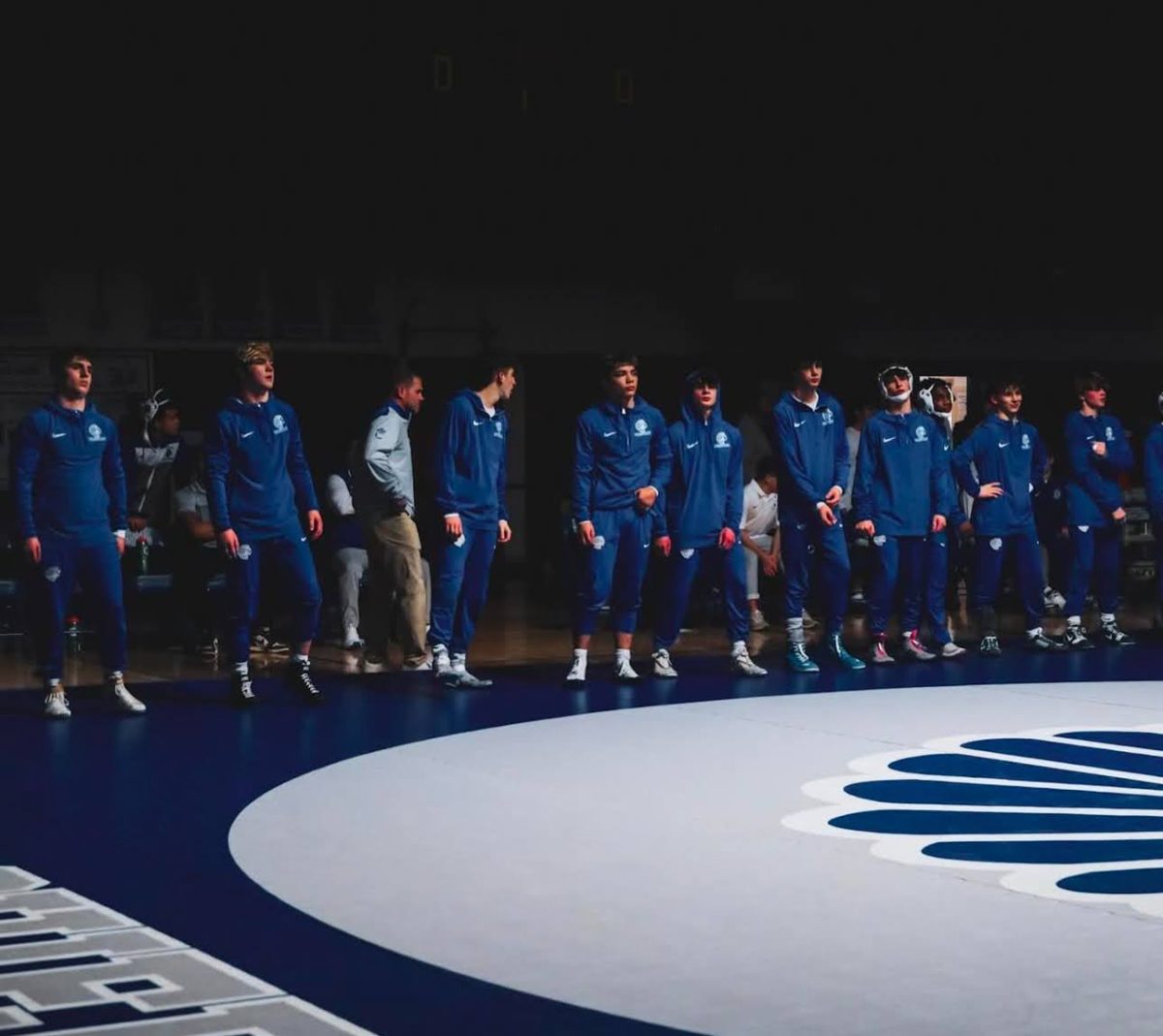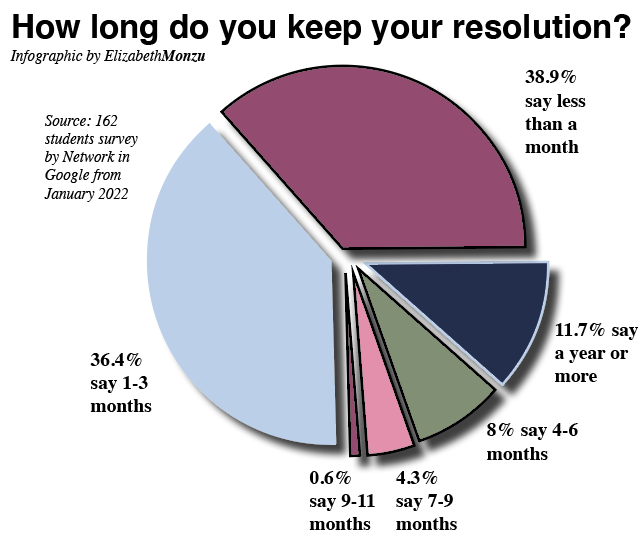By Tatiana Figarola
In an attempt to have energy throughout the school day, I’ve tried to get myself to go to sleep around 9:30 for years. We’ve all heard about the “eight hours of sleep” that we should be aiming for, but for me, that seemed like a stretch. I could easily sleep for eight hours, but I could never get myself to fall asleep any earlier than 11:00. Every morning, I get out of bed feeling groggy and exhausted. I thought that this was a personal problem, but it seems I am not alone in this struggle. The National Sleep Foundation says that teenagers need at least nine hours of sleep each night, and sleep researchers have stated that teenagers cannot easily fall asleep until about 11:00pm and their brains remain in “sleep mode” until at least 8:00am.

Because of this, the American Academy of Pediatrics and the Centers for Disease Control have recommended that schools begin classes no earlier than 8:30 am. This issue has been dismissed by many school districts, as they feel the shift in school hours would be disruptive and expensive. Unfortunately, the negative effects of school starting too early is prevalent. Many researchers, educators, scientists, parents, and students everywhere agree that an early school day is unhealthy, counterproductive, and incompatible with adolescent sleep patterns and needs. Advocates urge this to be seen as a public health issue, as early school days are linked to sleep deprivation among adolescents. Additionally, it has been linked to stimulate abuse, weight gain, immune disorders, mood swings, depression, reduced impulse control, and more.
Schools that have begun to start school days later have seen promising results. Many schools have reported improved academic performance, higher standardized test scores, a decrease in tardiness, and overall happier students. For example, absences dropped 15% in Bonneville County, Idaho after school hours were moved back, and the economics department of Colby College reported that a one-hour delay in start time of a school day increased math and reading test scores by three percentile points. Notably, the students that used to have the lowest scores were the ones who showed the biggest change in academic scores. In addition to student health benefits, later classes can be linked to an increase in profit in states where funding for schools is tied to attendance. The chief financial officer for the Los Angeles Unified School District has estimated that boosting attendance by only 1% districtwide would bring in an additional $40 million per year, which could be made possible through starting school later.
In America, about 40% of high schools have a start time before 8:00 am, and only 15% start at 8:30am or later. This means that most high school students in America are faced with possible sleep deprivation, depression, anxiety, and more, due to their schools beginning too early. The change in school hours could be seen as difficult for districts, as bus schedules would have to change, along with extracurricular activities. However, I believe, along with many other students, that these do not compare to what districts could gain through later school days. Students’ health and lives could be greatly improved by this small change, which many schools have still not realized.





























